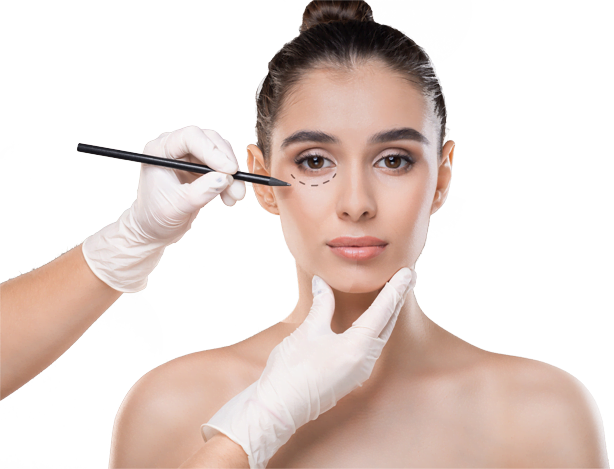Are you considering improving the appearance or functionality of your nose? Rhinoplasty is a surgical procedure that can address both cosmetic and functional concerns related to the nose. In this article, we will delve into the intricacies of rhinoplasty, covering various aspects such as its benefits, procedure, recovery, and potential risks. Whether you are seeking to enhance your facial aesthetics or seeking relief from breathing difficulties, this comprehensive guide will provide you with valuable insights.
Table of Contents
Understanding Rhinoplasty
Rhinoplasty, commonly known as a nose job, is a surgical procedure aimed at reshaping and restructuring the nose. It can be performed for cosmetic reasons, to enhance the appearance of the nose, or for functional purposes, to improve breathing and resolve nasal obstructions. This versatile procedure can address various concerns, including:- Nasal hump reduction
- Nasal tip refinement
- Correction of nasal asymmetry
- Alleviation of breathing difficulties
- Resolving nasal trauma or deformities
The Rhinoplasty Procedure
Consultation and Preoperative Assessment
Before undergoing rhinoplasty, a thorough consultation with a qualified plastic surgeon is essential. During this initial meeting, the surgeon will evaluate your goals and expectations, discuss the surgical options available, and conduct a comprehensive assessment of your nasal structure and overall health. Additionally, they may use advanced imaging technology to simulate potential outcomes, allowing you to visualize the anticipated results.Anesthesia and Incision Placement
Rhinoplasty can be performed under general anesthesia or local anesthesia with sedation, depending on the complexity of the procedure and the surgeon’s preference. The incisions are typically made inside the nostrils (closed rhinoplasty) or across the columella, the narrow strip of tissue separating the nostrils (open rhinoplasty). The choice of incision technique will depend on the surgeon’s expertise and the specific goals of the procedure.Reshaping the Nose
Once the incisions are made, the surgeon will carefully sculpt the underlying bone and cartilage to achieve the desired shape and structure. Techniques such as osteotomies (controlled fractures) may be employed to modify the nasal bones, while cartilage grafts may be used to enhance the nasal tip or correct asymmetry. The surgeon will work meticulously to ensure a harmonious balance between the nose and other facial features, taking into account your unique facial proportions.Closing the Incisions and Recovery
After the necessary modifications have been made, the incisions are meticulously closed using sutures. A splint or cast may be applied to provide support and protect the newly reshaped nose during the initial healing phase. Some surgeons may also place nasal packing inside the nostrils to minimize postoperative bleeding. Following the procedure, you will be provided with detailed postoperative instructions, including information on pain management, wound care, and follow-up appointments.Recovering from Rhinoplasty
The recovery period after rhinoplasty can vary from patient to patient. It is normal to experience some swelling, bruising, and mild discomfort in the days following the procedure. Pain medication and cold compresses can help manage any discomfort. It is important to follow your surgeon’s postoperative instructions carefully to promote proper healing and minimize the risk of complications. While you may notice immediate changes in the appearance of your nose, the final results will gradually become apparent as the swelling subsides over the following weeks and months.Potential Risks and Complications
As with any surgical procedure, rhinoplasty carries some risks and potential complications. These may include:- Infection
- Bleeding
- Adverse reaction to anesthesia
- Scarring
- Persistent swelling or numbness
- Asymmetry
- Breathing difficulties
- Unsatisfactory aesthetic outcome

